Speaking at the scientific conference on the development of the urban railway system in Hanoi and Ho Chi Minh City on January 17, Mr. Dang Huy Dong - Chairman of the Institute for Planning and Development Studies said that the goal of completing the urban railway network in Hanoi and Ho Chi Minh City by 2035 with about 200km in each city is correct and cannot be later, if Vietnam does not want to fall behind with an increasingly large gap with other cities in the Southeast Asian region.
However, this will be an impossible task if it has to be implemented in accordance with current legal regulations. Therefore, it requires a truly breakthrough new mindset, a new legal framework, "tailored" specifically for Hanoi and Ho Chi Minh City.
"There must be mechanisms that are superior to current regulations on planning, land, investment, finance, construction, transportation, enterprises, standards, regulations... approaching the common mechanisms of countries that have successfully developed the Metro/TOD system," Mr. Dong proposed, emphasizing that if we want the two big cities of our country to develop an urban railway system like many other cities in the world , we must create an open environment like those cities.
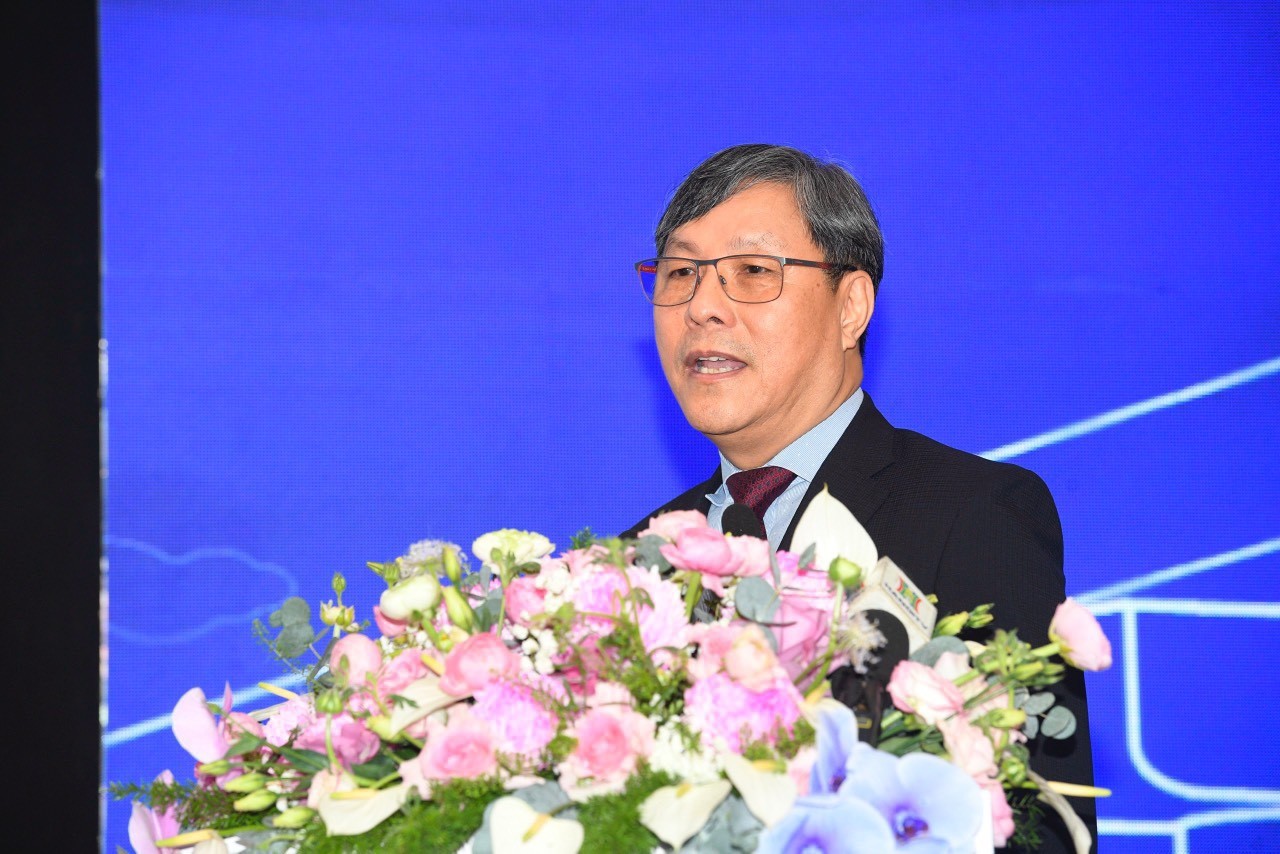
Mr. Dang Huy Dong - Chairman of the Institute for Planning and Development Research delivered a speech at the workshop.
The Chairman of the Institute for Planning and Development Research said that in order to achieve the goal of building a 400km urban railway system by 2035, there needs to be breakthrough mechanisms and policies in the fields of planning, compensation and land acquisition, financial resources, procedures, investment, construction, technical standards framework, technology, construction organization, supply of materials and equipment, organizational models, human resource development, etc.
In particular, the expert mentioned a number of specific mechanisms such as decentralization and authorization for Hanoi and Ho Chi Minh City to issue separate urban criteria and standards for each city, as well as separate procedures for adjusting plans related to the urban railway system associated with urban development near stations (TOD).
Regarding the group of solutions on financial resources to implement the project, Mr. Dong pointed out that, currently, it is estimated that about 20-25 billion USD is needed to complete the construction of 200km of completely underground urban railway, not to mention the cost of compensation for site clearance expected to be taken from the proceeds from the auction of investment rights for the TOD project, a reduction of 10 billion USD compared to the unit price of projects done with current ODA capital.
Therefore, it is necessary to allow Hanoi and Ho Chi Minh City to retain land revenue to directly invest in the Metro system development project through auctioning the right to develop TOD urban area projects according to the detailed planning at a scale of 1/500 and other land revenue sources of each city.
Allow the two cities to issue local bonds, construction bonds or other legal forms of capital mobilization exceeding the public debt ceiling applicable to the city each year and throughout the period up to 2035 to ensure sufficient capital needed for the 200km Metro system development project.
At the same time, set aside one billion USD (seed capital), of which 50% is from the city budget and 50% is from the central government's support budget, to implement a pilot project (for a route of about 10km) according to the "sandbox" model, applying the specific mechanisms stated in this resolution to gain experience in perfecting the mechanism and legalizing these mechanisms to apply to the entire 200km project.
Mr. Dong emphasized that if there are the above special mechanisms, completing the metro for Hanoi and Ho Chi Minh City will only take about 10 years.
Urban railways should be considered a particularly strategic sector.
Emphasizing the great benefits of developing the urban railway network, Prof. Vu Minh Khuong - Lee Kuan Yew Academy of Public Administration affirmed that not paying special attention to developing the urban railway system will cause huge and constantly increasing losses.
Accordingly, the five direct losses are travel time costs, unreliable travel time estimates, excess fuel consumption costs, increased CO2 emissions due to excessive fuel consumption, and reduced health and public confidence.
Citing Forbes calculations, Professor Vu Minh Khuong said that traffic congestion costs New York City $11 billion a year, Los Angeles $8.2 billion, and Chicago $7.6 billion. For Hanoi and Ho Chi Minh City, this loss is estimated to be at least $2-3 billion each.
Therefore, this expert emphasized the need to be more aware of the importance and strategic urgency of urban railway development, and to consider urban railway development as a task that is not only economic but also national security and defense; focusing on attracting the extensive participation of ministries, sectors and the whole society, especially domestic and international businesses and experts in discussing strategies to implement this effort.
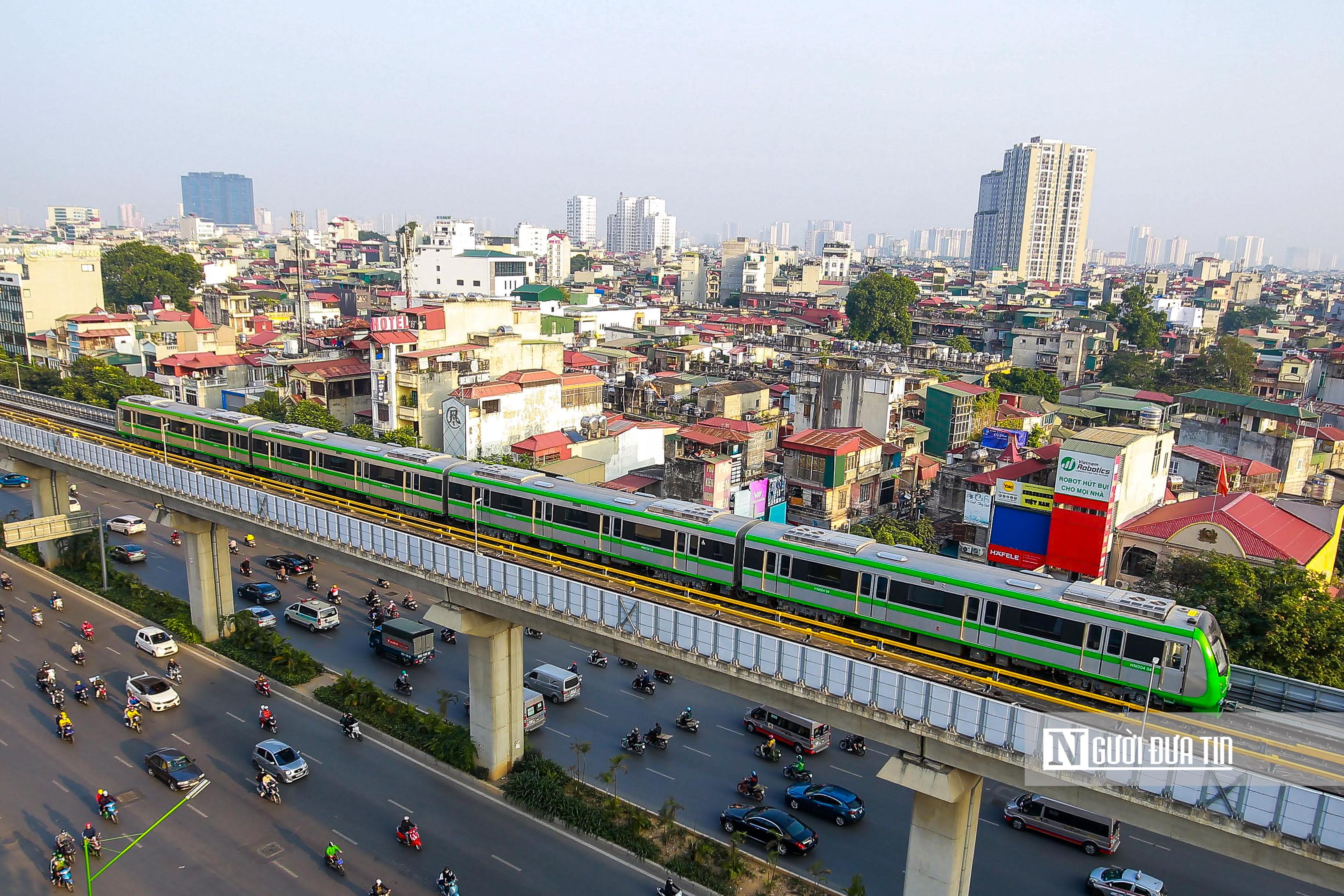
The urban railway system is considered the "backbone" of the transport infrastructure network of Hanoi and Ho Chi Minh City (Photo: Huu Thang).
“Success in rapidly developing the urban railway system has an extremely large impact on improving Vietnam's ability to attract knowledge-intensive investment and rapidly increase labor productivity,” said Professor Vu Minh Khuong.
To create change, this expert recommends that each city should embark on 1-2 pilot routes with criteria such as high feasibility, large impact, low land acquisition costs; interest from investors, learning value for subsequent projects, the completion time of these pilot projects is before 2030, focusing on 3 major criteria: quality; cost; implementation progress.
In particular, Professor Vu Minh Khuong believes that Vietnam needs to consider urban railways as a particularly strategic industry, not inferior to the semiconductor industry; investment in human resource development, supporting industries, international cooperation capacity, and management skills for large projects should be considered top priorities.
“Central agencies need to mobilize the most elite team to advise and support the two cities so that Vietnam can make great strides in urban railway development in the coming years,” Mr. Khuong stated his opinion .
Source


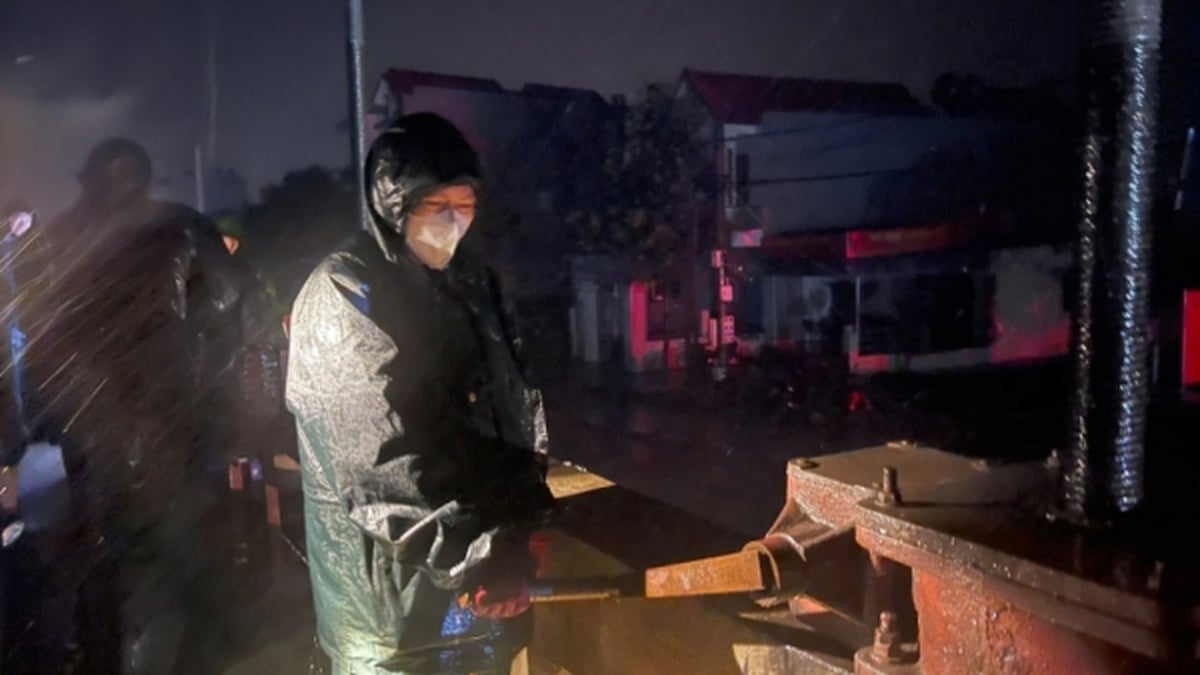

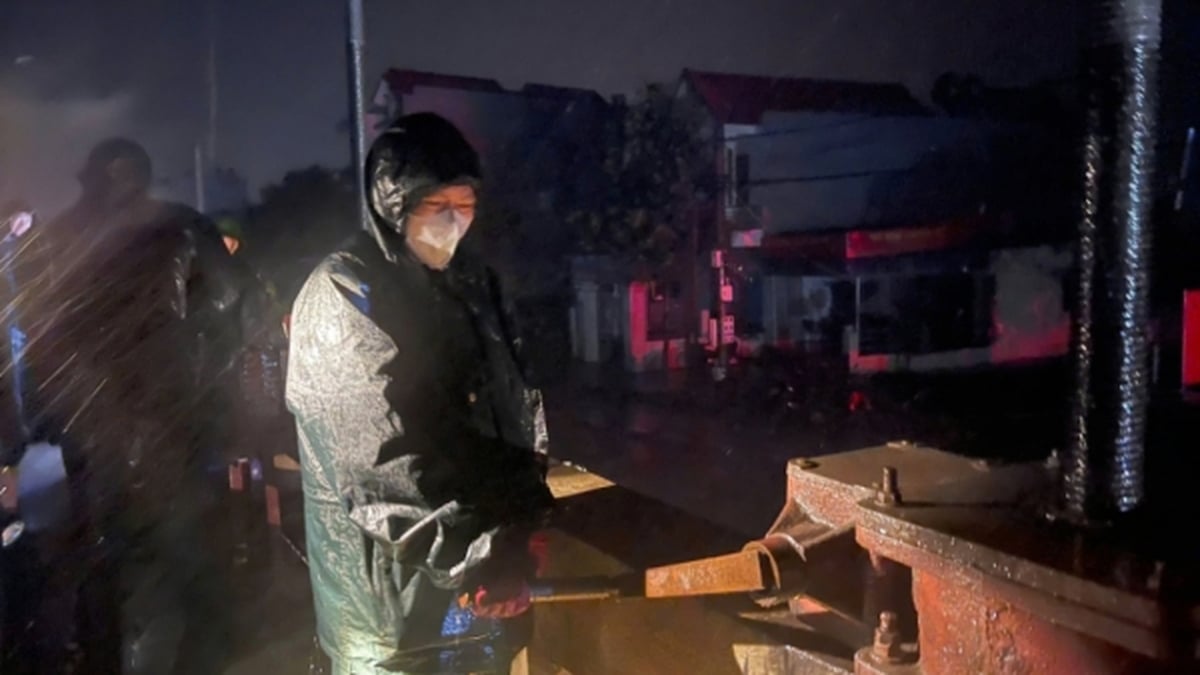




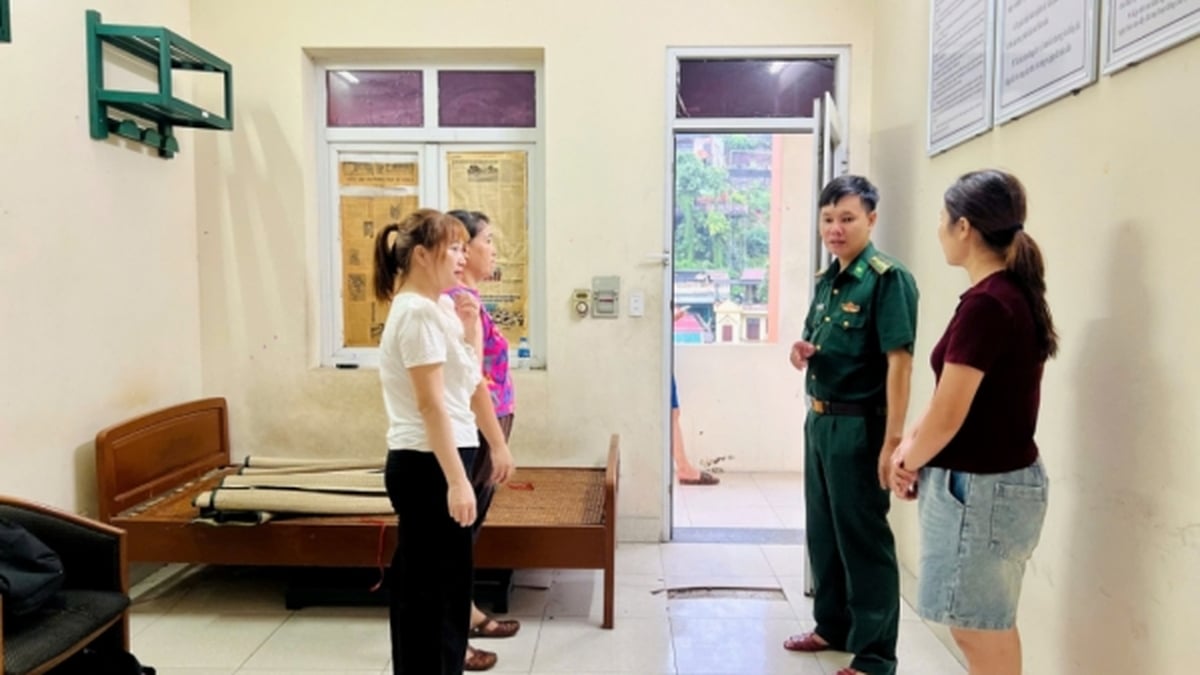
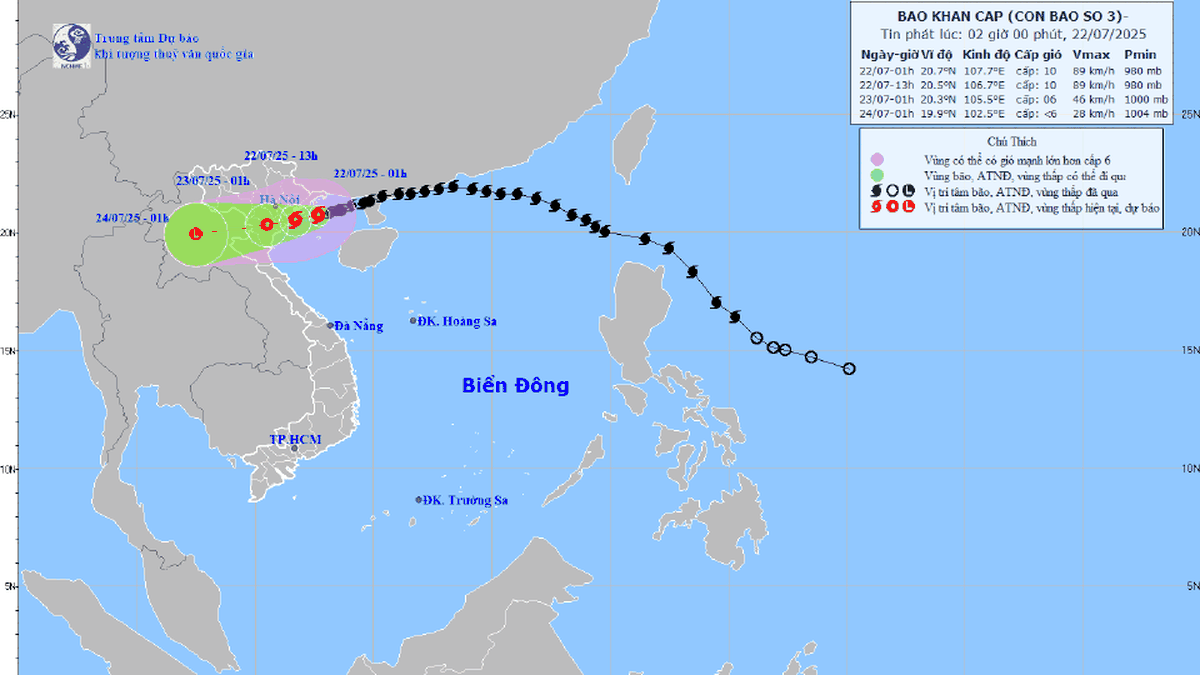
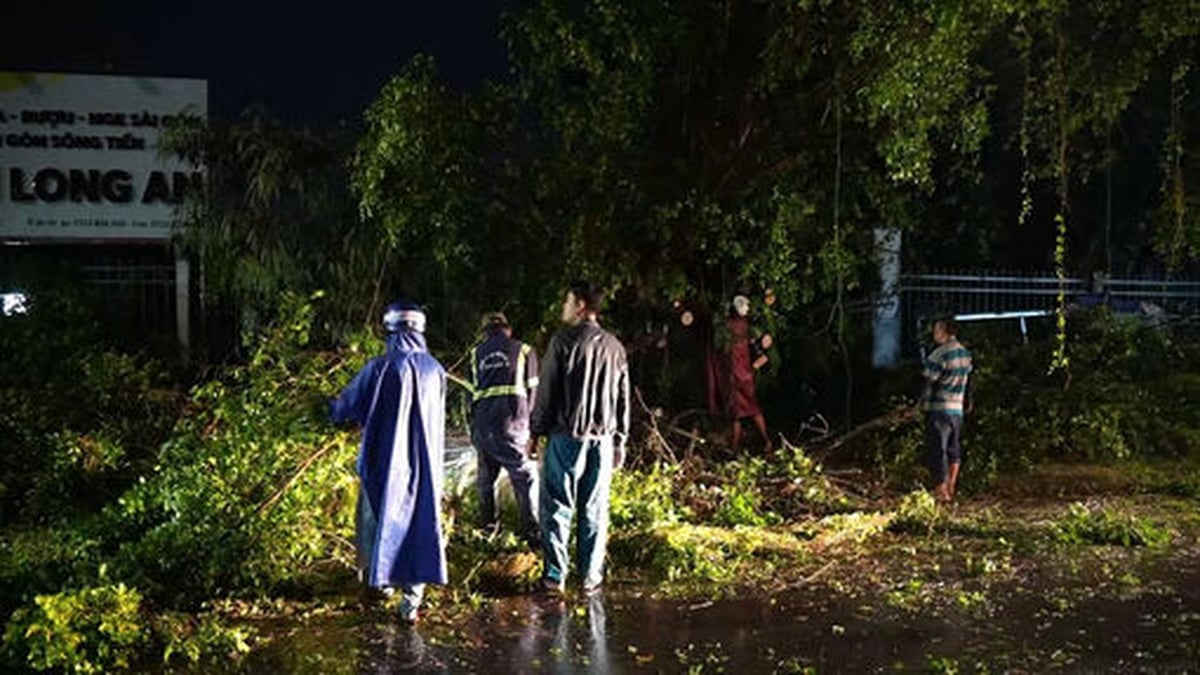










![[Photo] National Assembly Chairman Tran Thanh Man visits Vietnamese Heroic Mother Ta Thi Tran](https://vphoto.vietnam.vn/thumb/1200x675/vietnam/resource/IMAGE/2025/7/20/765c0bd057dd44ad83ab89fe0255b783)















































































Comment (0)